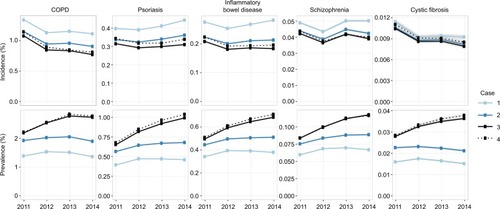Figures & data
Figure 1 Definitions of observable person-time, in claims data (A) or EHR data (B).
Abbreviations: EHR, electronic health record; OC, observable person-time in claims databases; OE, observable person-time in EHR databases.
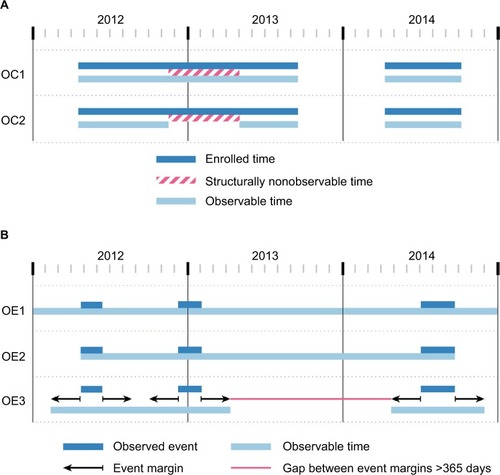
Figure 2 The period of interest and the lookback time.
Abbreviations: LB time, lookback; POI, period of interest.
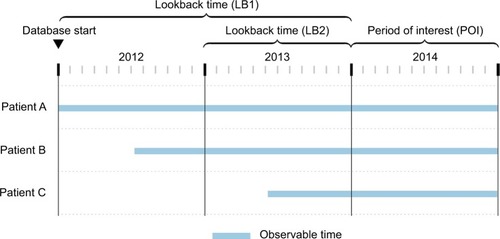
Figure 3 The prevalence numerator.
Abbreviations: LB, lookback time; PN, prevalence numerator; POI, period of interest.
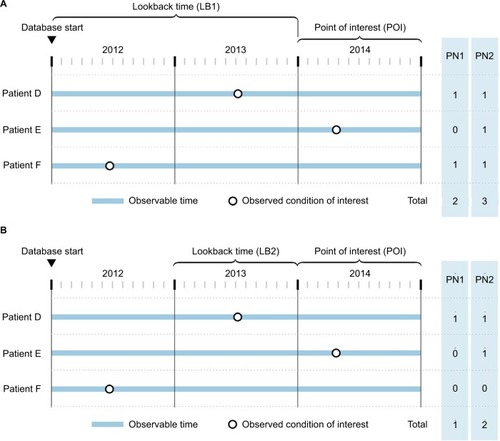
Figure 4 The prevalence denominator results.
Abbreviations: LB, lookback time; LO, lookback observability; PD, prevalence denominator; POI, period of interest.
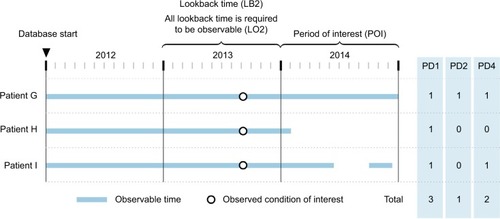
Table 1 Combinations of prevalence numerator and denominator definitions
Figure 5 The incidence numerator and denominator.
Abbreviations: IN, incidence numerator; IPD, incidence proportion denominator; IRD, incidence rate denominator.
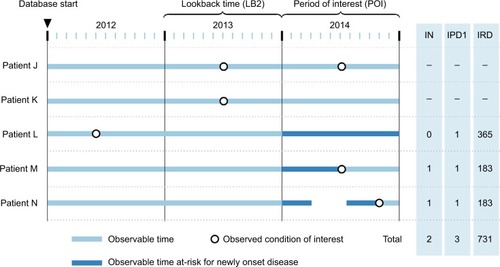
Table 2 Summary of the discussed design choices for prevalence and incidence studies
Table 3 Published prevalence and incidence estimates for the selected diseases
Table 4 Case definitions
Figure 6 Incidence and parameter estimates, by case examples, in CPRD.
Abbreviation: CRPD, Clinical Practice Research Datalink.
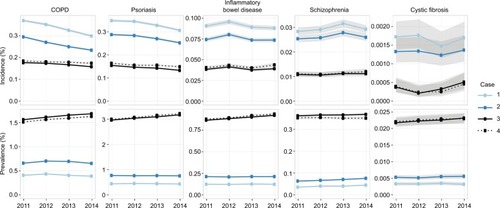
Figure 7 Incidence and parameter estimates, by case examples, in MarketScan.
